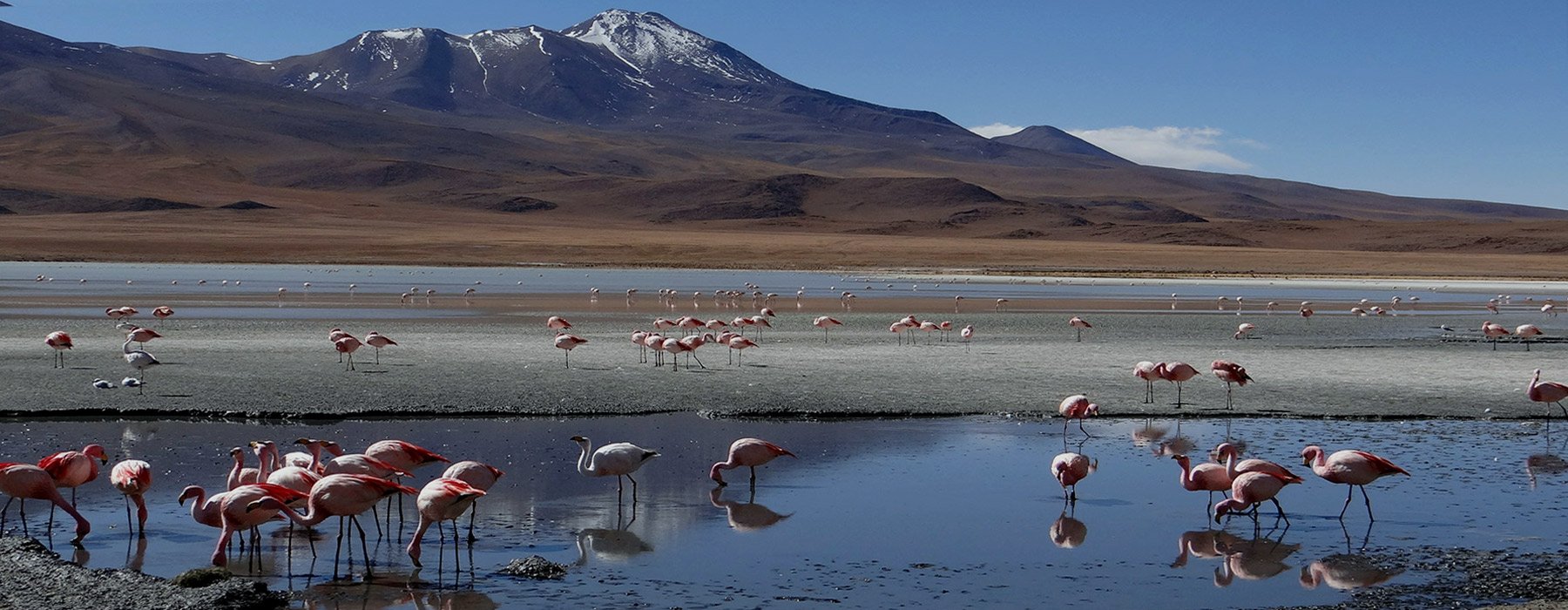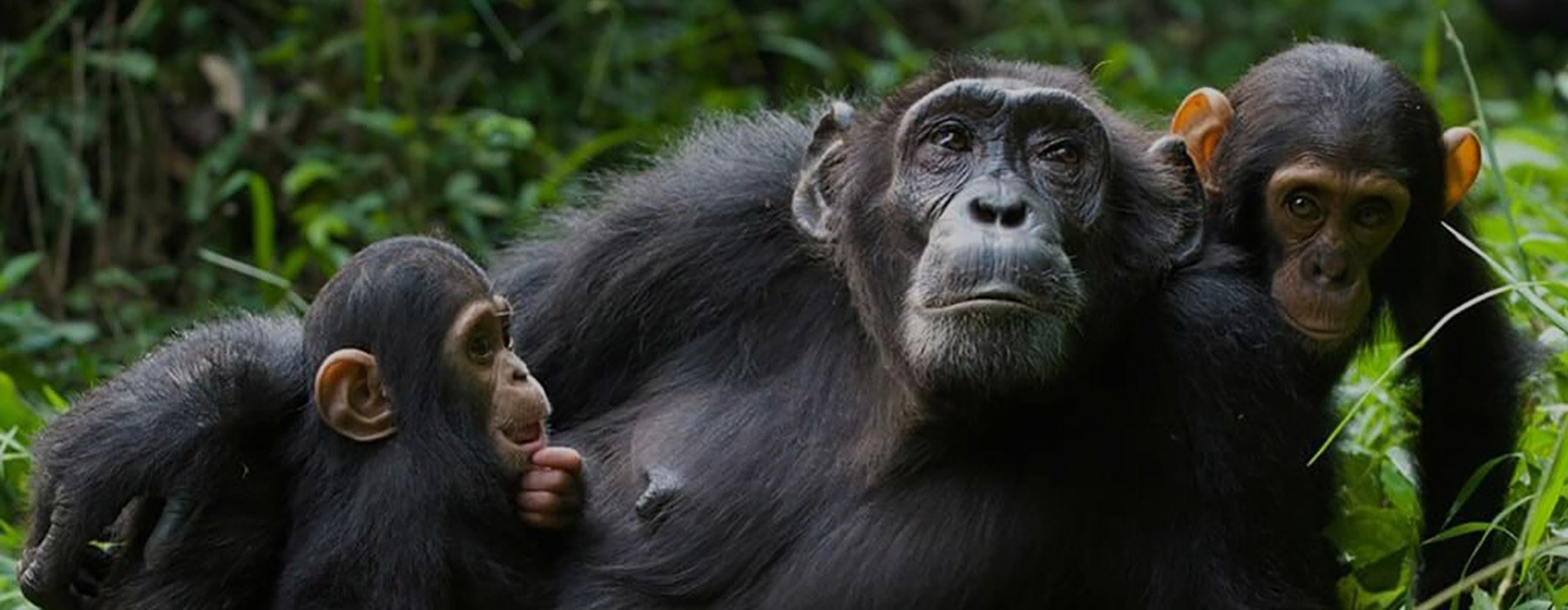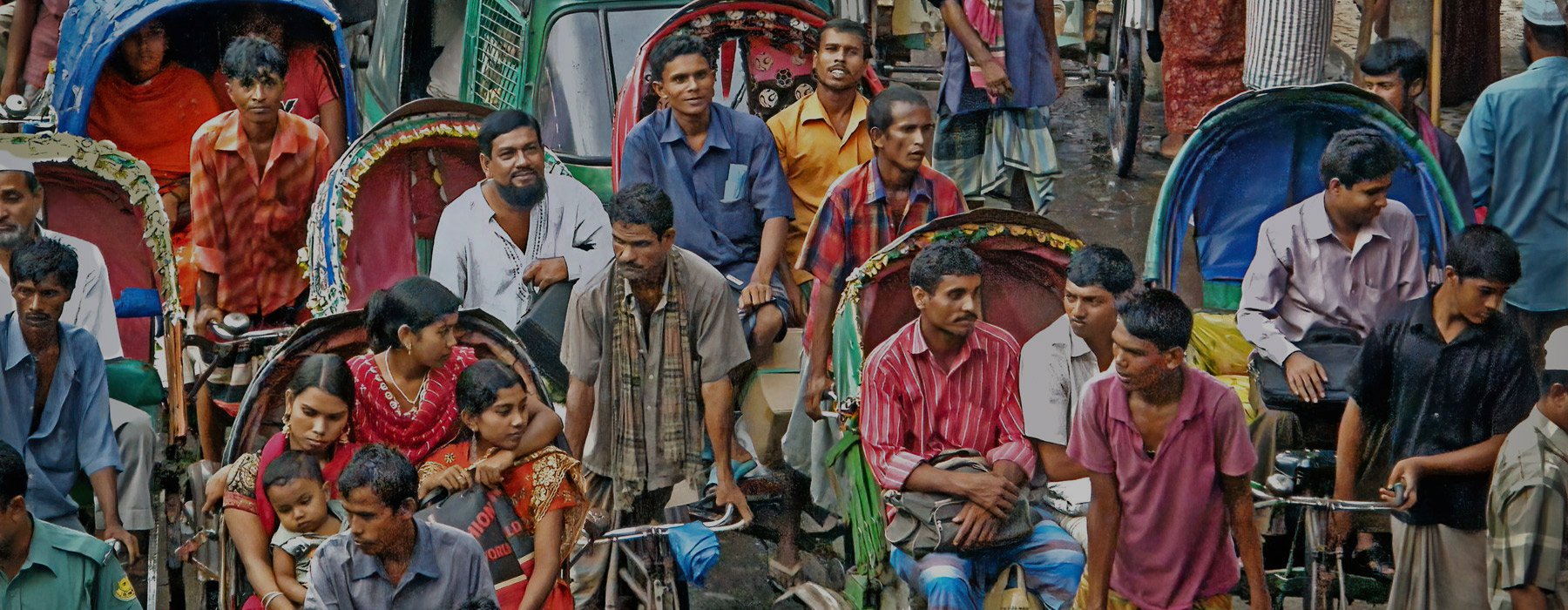Rediscover
the meaning
of travel
Since 2004, Undiscovered Destinations has been taking intrepid travellers on our worldwide small group tours and private tailormade holidays.
Join us as we discover the culture, history, and wildlife of some of the most off the beaten track countries and regions on the planet.
Our team of expert advisers are passionate travellers themselves and have spent years exploring the world. Now they want to share their vast knowledge and first-hand experiences with other like-minded travellers. Most of all as a company we want to offer you an immersive and well planned experience, and one that is truly rewarding for both our clients and the communities that we visit.
Responsible tourism is at the heart of what we do. Together with our local guides, we have developed long standing relationships with the peoples we visit, allowing you to learn about their culture and traditions as welcome guests.
As featured in
Rail Adventures
Discover the joy of slow travel on our small group rail holidays. A great way to take in the must-see sites and to meet the local people along the way.
Our Island-Hopping Adventures
Guaranteed Departure Dates
Experience these extraordinary Islands on our unique group tours without ever setting foot on a cruise ship and begin the journey of a lifetime. Each Island-Hopping tour offers exploration like no other with jaw-dropping scenery and thrilling adventures which are sure to create unforgettable memories. So, get ready to step into Paradise!
Caribbean Island Hopping
Pacific Islands Explorer
Indian Ocean Explorer
Atlantic Islands Explorer
Call us now to discover our amazing offers for these tours
Follow the above links for information and dates and prices or contact our well-travelled team for details including help with flights
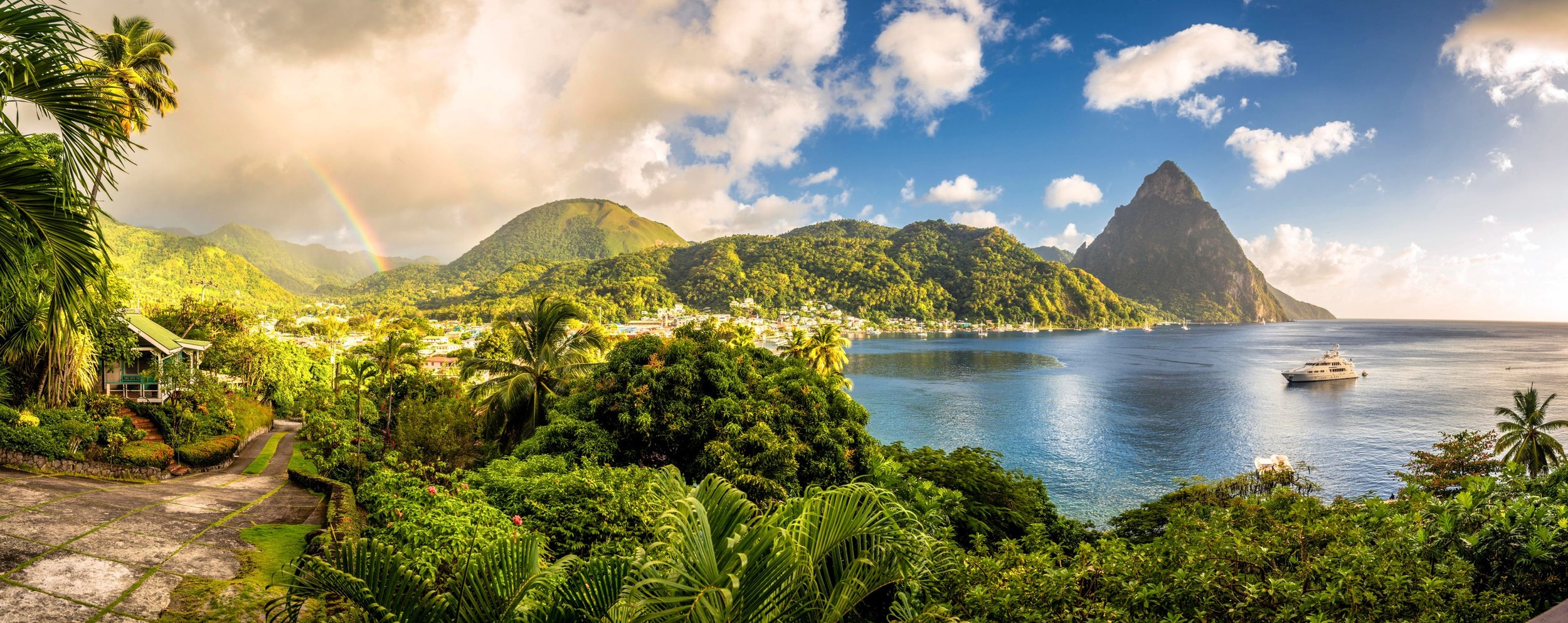
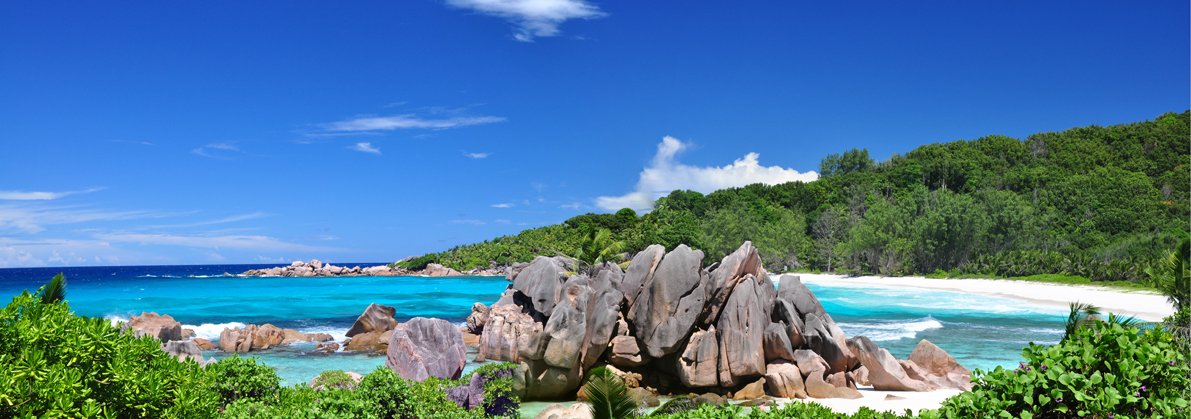
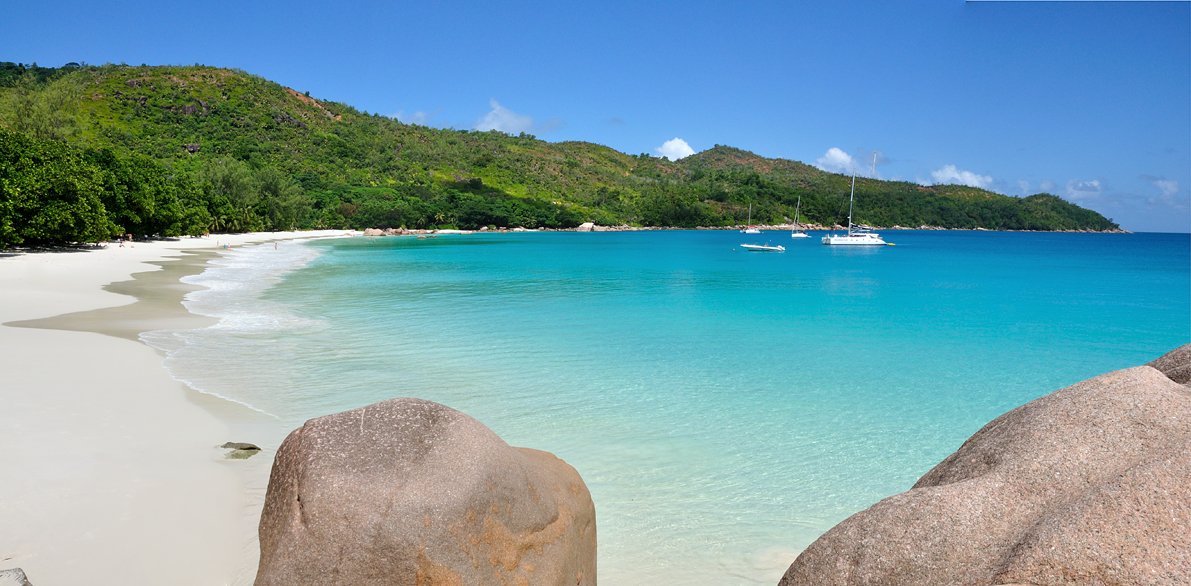
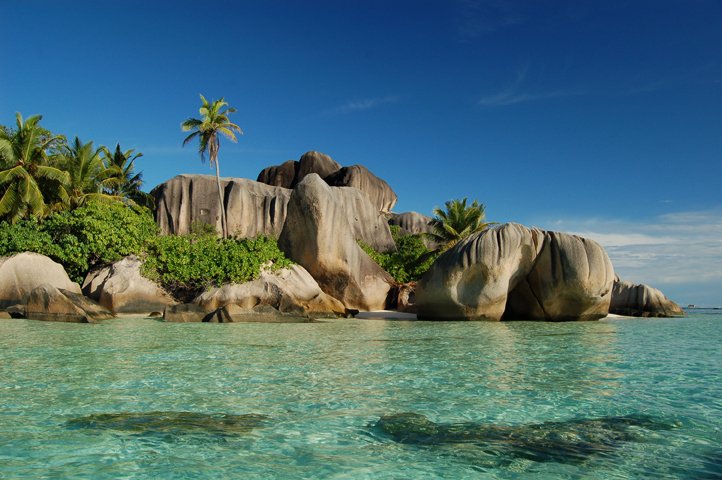
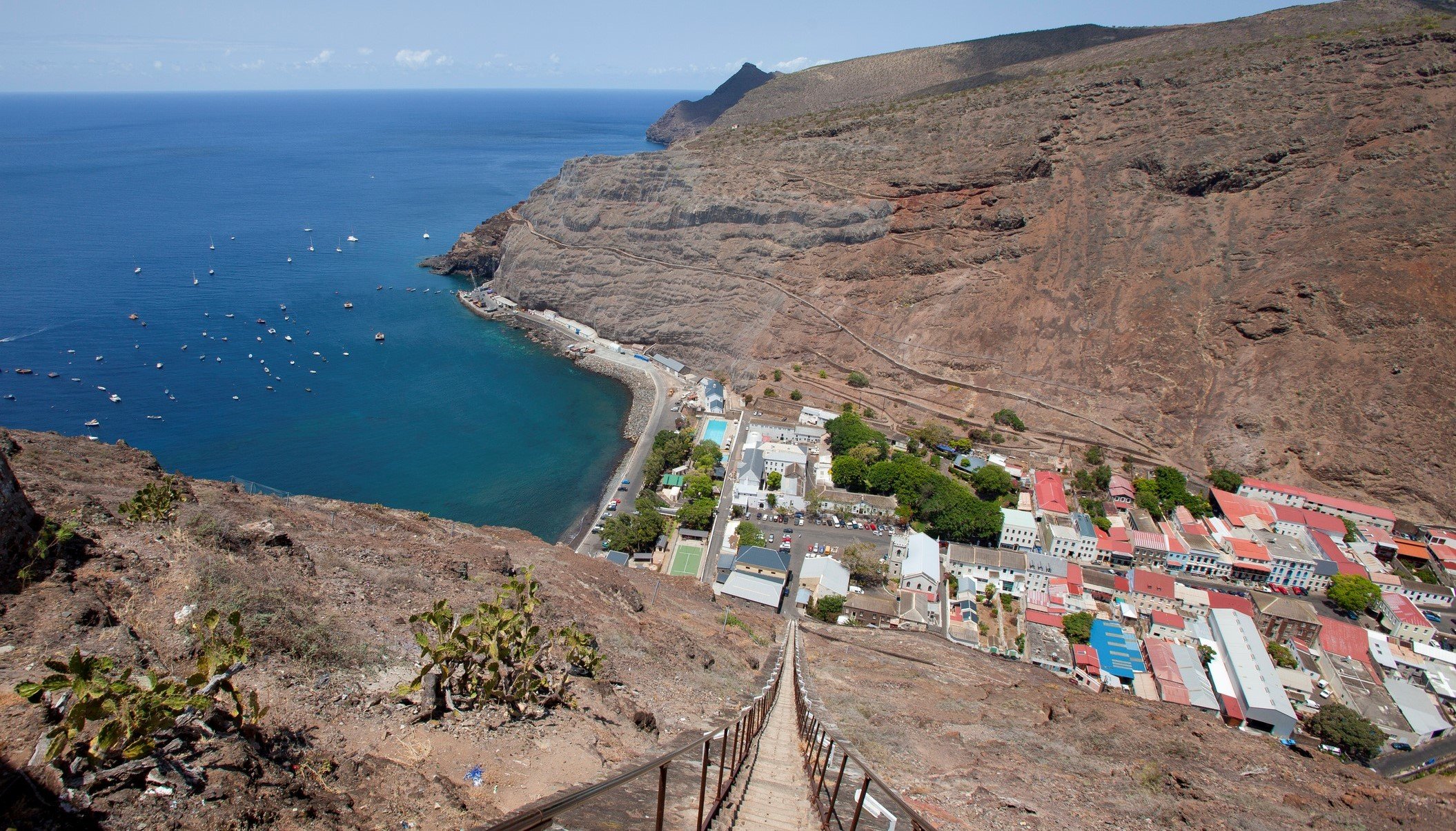
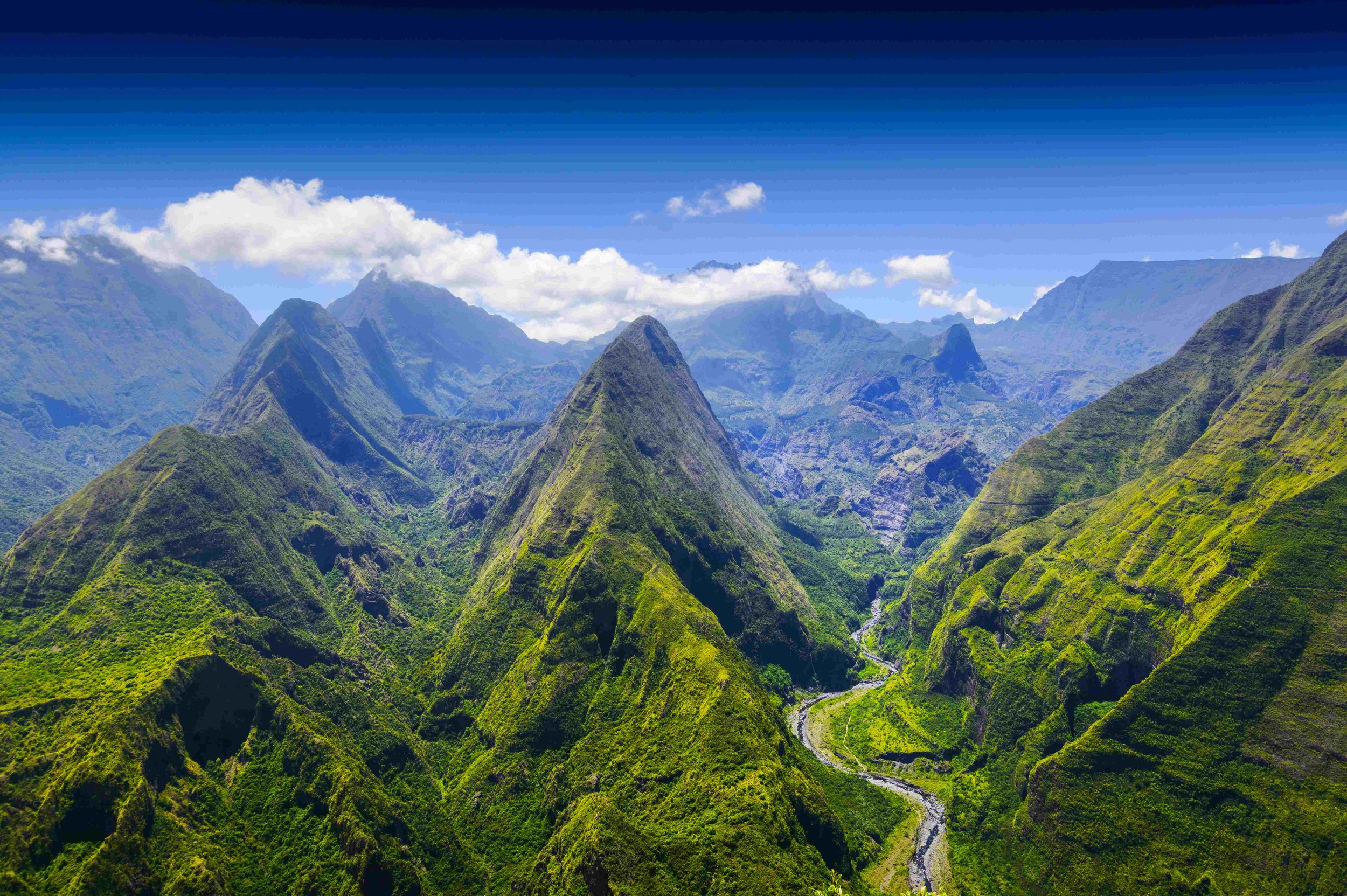
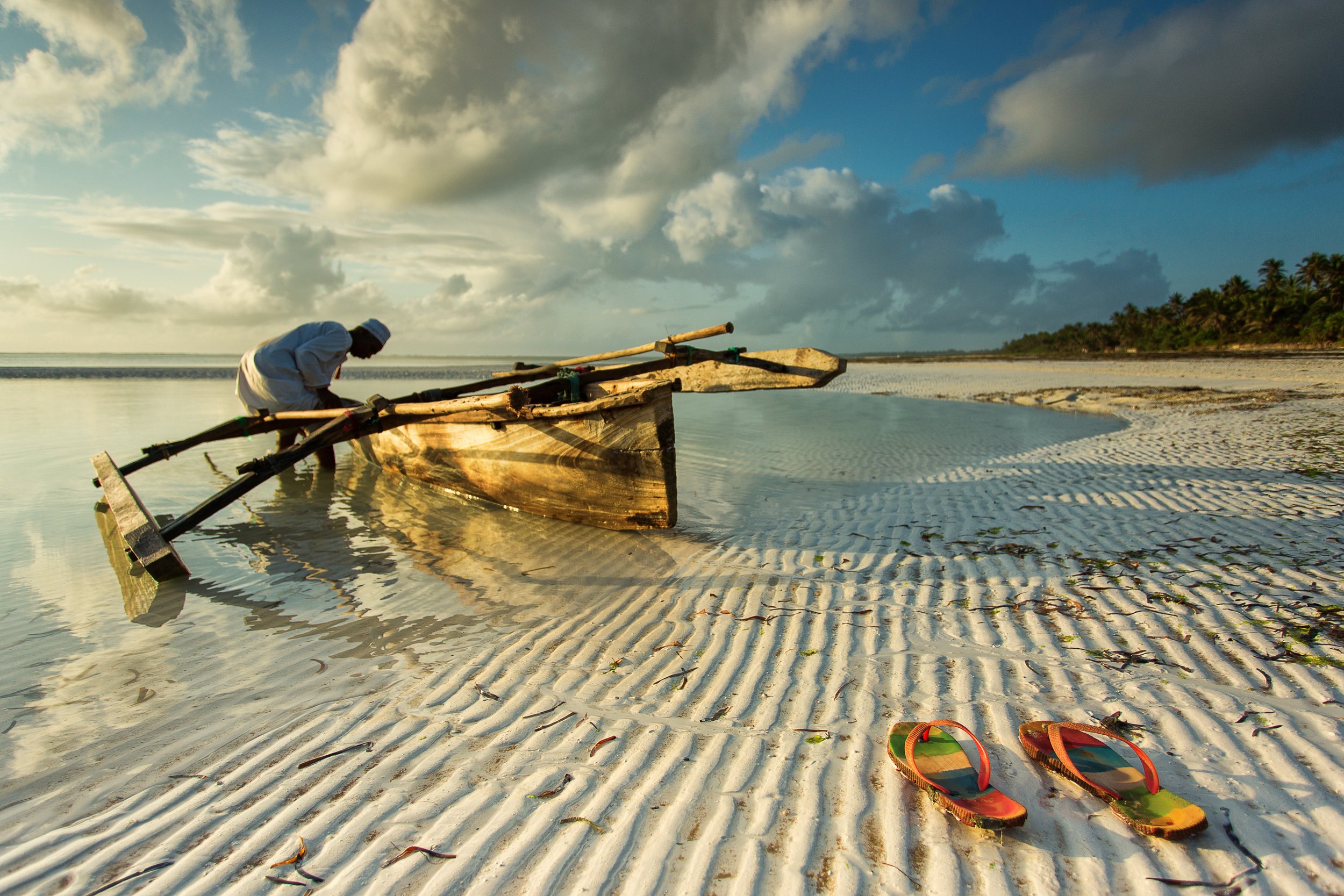
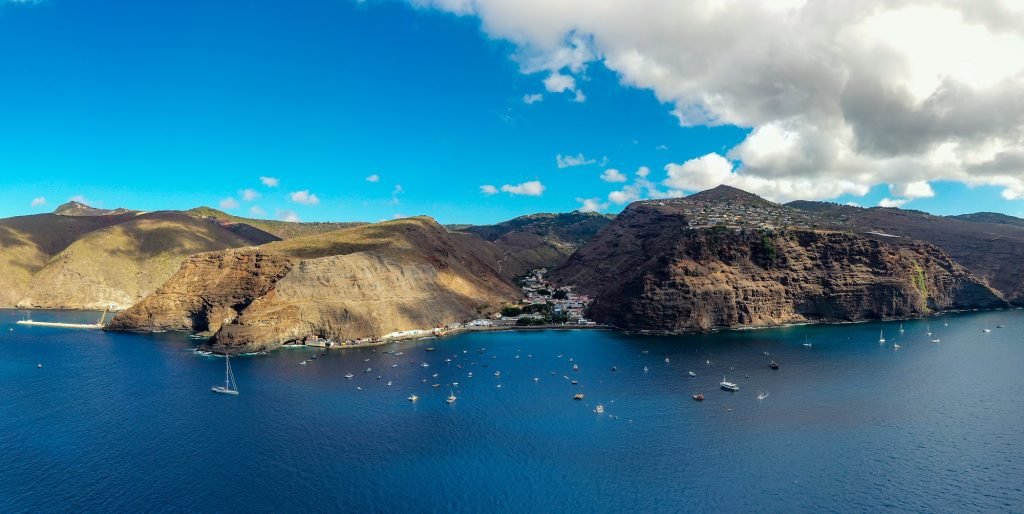
Planning ahead?
Book Now for 2025.
ALL DEPARTURES GUARANTEED.
Each and every one of our group departures for 2025 is GUARANTEED from the outset. Once you've booked and paid, that's it; you're going. Guaranteed. Your trip won't be cancelled by us for any reason (beyond harsh weather or safety issues)
Feedback from our Travellers

